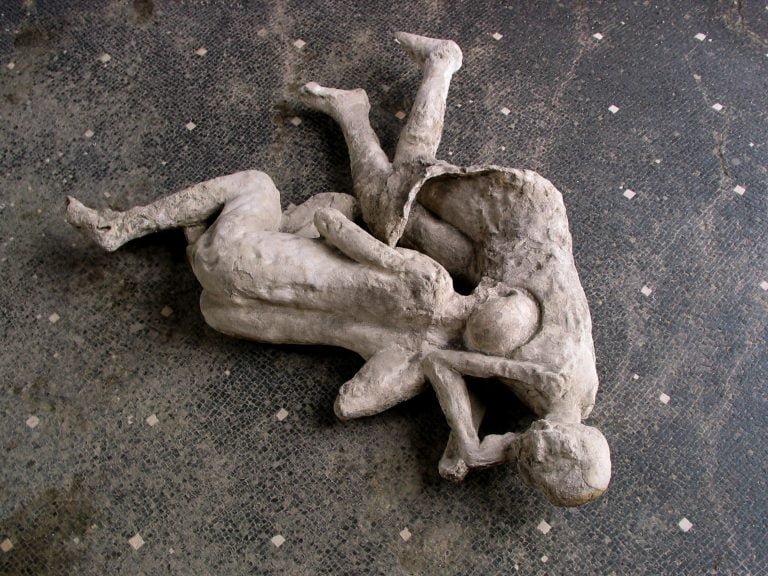A groundbreaking discovery in Tajikistan’s Zeravshan Valley reveals an ancient human settlement dating back an astonishing 150,000 years. This find sheds new light on early human migrations and settlements in Central Asia.
Key Findings
- Ancient tools and evidence: Excavations uncovered stone tools, animal bones and ancient vegetation from 20,000 to 150,000 years ago.
- Migration route: The Zeravshan Valley likely served as a key migration route for human species like Homo sapiens, Neanderthals and Denisovans.
- Ancient climate insights: Well-preserved remains provide clues to the region’s ancient climate and environment.
The Discovery
Prof. Yossi Zaidner of Hebrew University and Sharof Kurbanov of the National Academy of Sciences of Tajikistan led the excavation at Soii Havzak. The site yielded multiple layers of human activity, offering valuable insights into ancient human behavior.
Implications
- Human evolution: This discovery sheds light on human development in Central Asia.
- Migration patterns: The Zeravshan Valley may have facilitated the spread of early humans across vast regions.
- Inter-species interaction: Further research may reveal interactions between human species.
Future Research
Ongoing excavations will explore deeper layers, conducting in-depth analyses to deepen understanding of human history in Central Asia.
Reference
Zaidner, Y., & Kurbanov, S. (2024). Soii Havzak: A new Palaeolithic sequence in Zeravshan Valley, central .

















